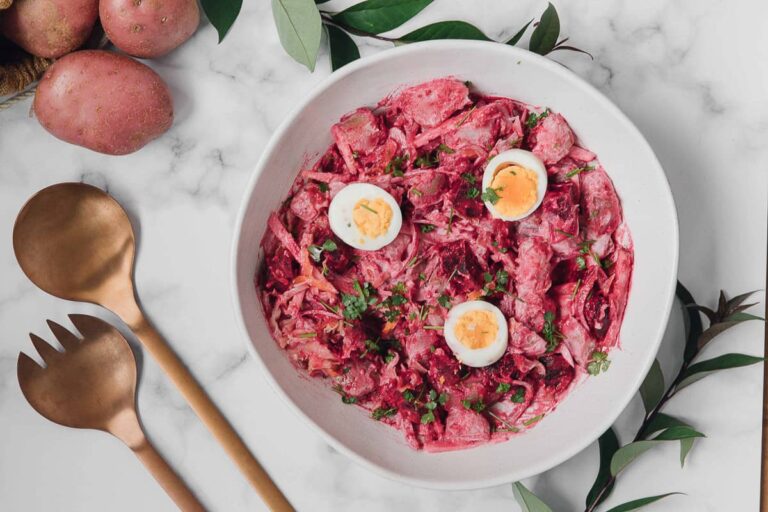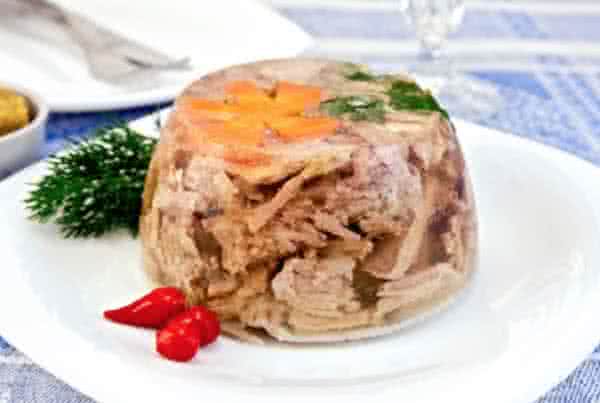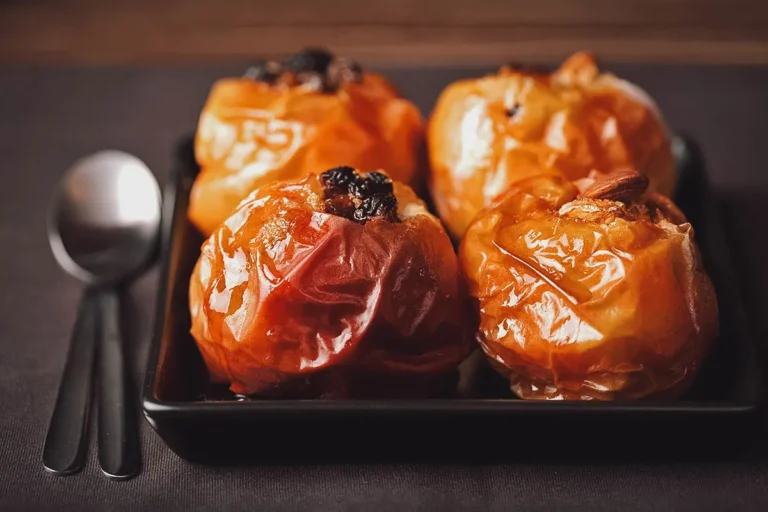Introduction: Estonian cuisine and juniper berries
Estonian cuisine is a blend of traditional European and Nordic influences, with its own unique twist. The country’s location in the Baltic region has largely shaped its culinary traditions. One of the key ingredients that sets Estonian cuisine apart is juniper berries. These small, blue-black berries are an essential part of Estonian cooking, adding a distinctive flavor and aroma to a range of dishes.
The history and tradition of using juniper berries in Estonia
Juniper berries have been used in Estonian cooking for centuries. The berries are native to the region and grow abundantly in the wild. In ancient times, they were used for medicinal purposes and as a flavoring agent for food. Juniper berries were also believed to have protective qualities, and were used to ward off evil spirits.
Over time, juniper berries became a staple ingredient in Estonian cuisine. They were used to flavor meat dishes, sauces, and even alcoholic beverages. Today, juniper berries are still widely used in Estonian cooking, and have become an important part of the country’s culinary identity.
Juniper berries: what are they and how are they used?
Juniper berries are the fruit of the juniper plant, which is a member of the cypress family. The berries are small and round, with a blue-black color and a slightly waxy texture. They have a sharp, piney flavor that is both sweet and bitter, with hints of citrus and spice.
In Estonian cooking, juniper berries are typically used in their dried or crushed form. They can be added to meat dishes, sauces, and marinades, and are often paired with other aromatic herbs and spices, such as rosemary and thyme. Juniper berries are also used to flavor traditional Estonian liquors, such as Vana Tallinn.
Juniper berries in savory Estonian dishes
Juniper berries are a common ingredient in savory Estonian dishes, particularly those featuring game meats, such as venison and wild boar. The berries are often crushed and added to marinades, or used to season meat before cooking. Juniper berries can also be used to flavor hearty stews and soups, such as the traditional Estonian dish rosolje.
In addition to meat dishes, juniper berries are sometimes used in vegetable dishes, such as roasted root vegetables or sautéed mushrooms. They can also be added to sauces and gravies, where they add depth and complexity to the flavor.
Juniper berries in sweet Estonian dishes and desserts
While juniper berries are more commonly associated with savory dishes, they can also be used in sweet Estonian desserts. Juniper berries can be infused into cream or custard to make a fragrant, piney ice cream. They can also be used to flavor cakes, cookies, and other baked goods.
One popular Estonian dessert that features juniper berries is roosamanna, a creamy, sweet dish made with semolina, cream, and berries. Juniper berries are often added to the dish for a subtle, piney flavor.
Health benefits of juniper berries in Estonian cooking
Juniper berries are not only flavorful, but also have a number of health benefits. They are high in antioxidants and can help boost the immune system. Juniper berries can also aid in digestion and have diuretic properties.
In Estonian cooking, juniper berries are often used in meat dishes, which are naturally high in protein and other essential nutrients. When paired with fresh vegetables and whole grains, juniper berry-infused meals can be a healthy and flavorful addition to any diet.
Where to find juniper berries for Estonian recipes
Juniper berries can be found in most specialty gourmet stores, as well as online. They are available in both dried and powdered forms, and can be stored in an airtight container for several months. Fresh juniper berries are also available in some farmer’s markets and specialty food stores.
Conclusion: Juniper berries – a key ingredient in Estonian cuisine
Juniper berries are an essential part of Estonian cuisine, adding a distinctive flavor and aroma to a range of dishes. From savory meat dishes to sweet desserts, juniper berries have a place in almost every aspect of Estonian cooking. With their unique taste and health benefits, juniper berries are a key ingredient that will continue to play an important role in Estonian culinary traditions for generations to come.






